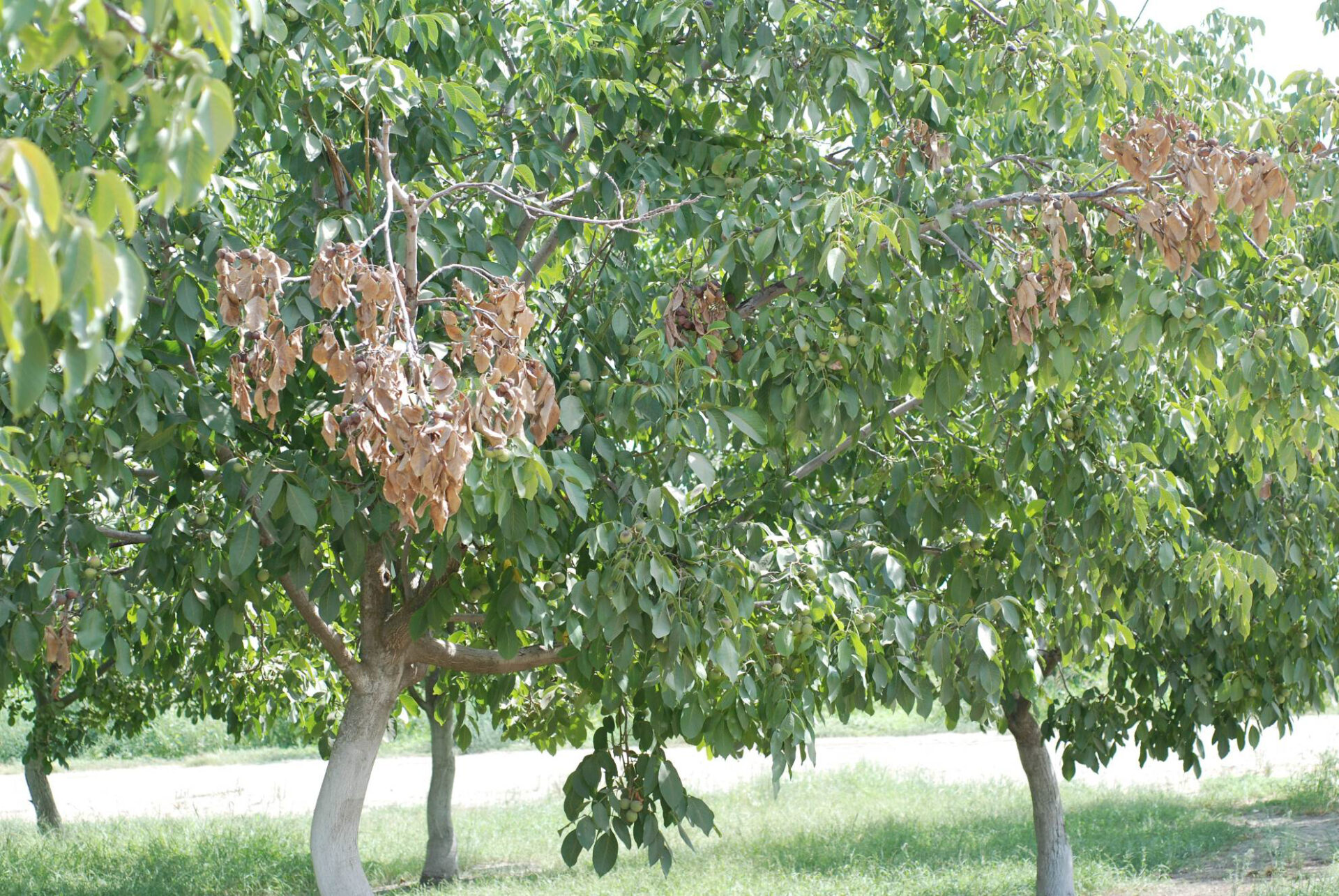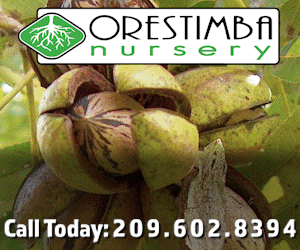
University of California researchers recently provided new research findings from 2020 on Botryosphaeria and Phomopsis canker and blight diseases.
Results from previous research, according to a San Joaquin Valley Trees and Vines blog post from UCCE Farm Advisors Mohamed Nouri and Florent Trouillas as well as UC Davis Plant Pathologist Themis Michailides, found the occurrence of multiple fungal species belonging to the Botryosphaeriaceae and Diaporthaceae families on diseased walnut branches.
While Botryosphaeriaceae fungi have been previously recognized as the main blight/canker/dieback disease in walnut orchards, the researchers’ 2020 field survey findings showed Diaporthaceae (Phomopsis) fungi to be the most prevalent fungal pathogen isolated from diseased samples in San Joaquin County.
Botryosphaeriaceae fungi were found occasionally in these orchards, according to the blog post.
The persistence of Diaporthaceae fungi raised an important question for the researchers: Have these fungi emerged as the main blight/canker/dieback disease of walnut in San Joaquin County?

To answer this question and determine when and under what environmental conditions spores of these fungi are released, a spore-trapping study was undertaken. Based on colony counts alone, the researchers found that Botryosphaeriaceae fungi populations were much lower than the Diaporthaceae fungi, which correspond to the previous field survey results.
Further research on the molecular level, according to the blog post, revealed that of the species of Diaporthe recovered from the spore trapping and diseased samples, three species were new to California.
Within the spore-trapping study, the researchers analyzed the correlation between precipitation events, irrigation and grinding of infected branches between tree rows (following maintenance/cleaning/pruning) and Bot-Phomopsis spore release. The strongest correlation among these variables, according to the blog post, was between spore release and precipitation.
As precipitation increased, spore release also increased, and spores were mainly captured from March to May, a period that coincided with late-season rainfalls, the researchers noted. Additionally, dissemination of these spores, specifically those of Phomopsis, were detected from grinding of prunings which had infected branches. This, according to the researchers, is important as it helps to identify production practices responsible for the spread of these fungal pathogens within walnut orchards.
Low numbers of spores were captured during and following the first irrigation of the season in sprinkler-irrigated walnut orchards, according to the blog post, and results showed no correlation between further in-season irrigation events and the release of fungal Diaporthaceae and Botryosphaeriaceae spores.
A new fungicide program was initiated in 2021 based on the findings of the spore-trapping study to determine the effectiveness of an early spray timing on disease incidence reduction, according to the blog post. Pruning wound trials also began in 2021 to evaluate the efficacy of old and new chemical and biological compounds to protect pruning wounds from infections by canker pathogens.










